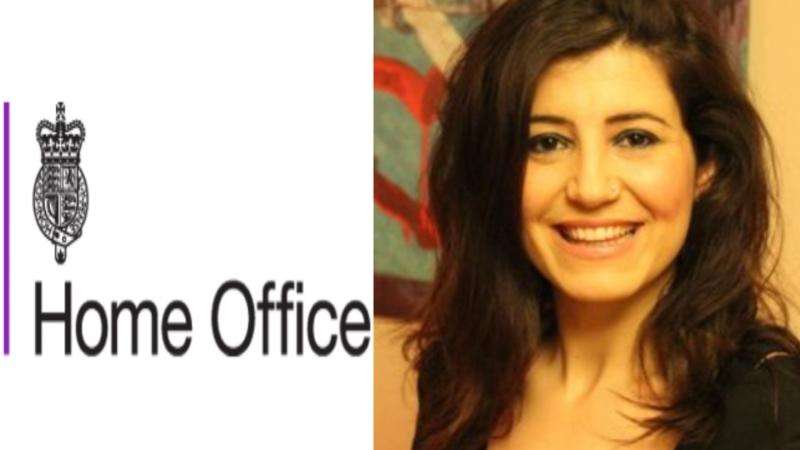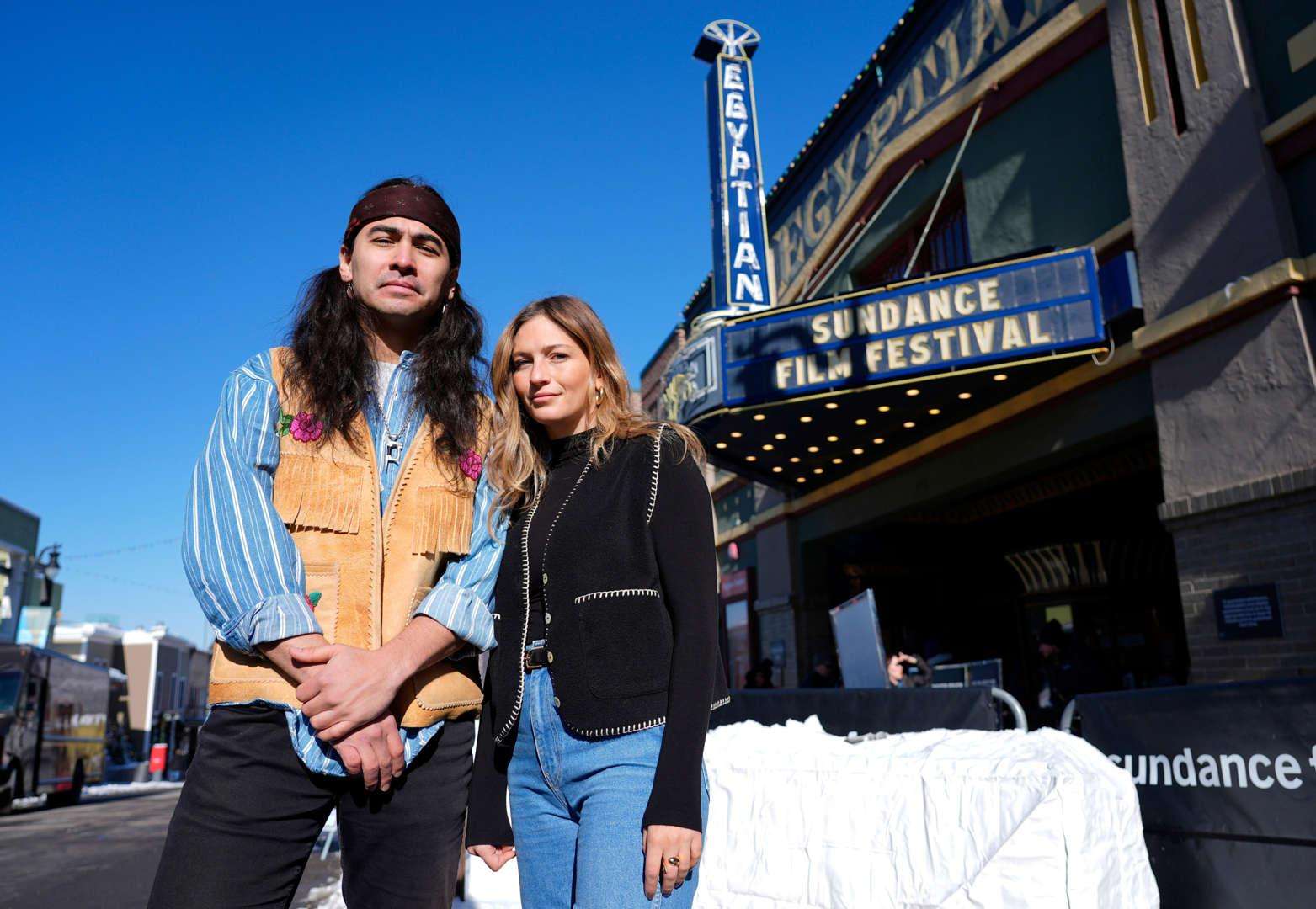The 2021 discovery of hundreds of unmarked graves at a Canadian Indian residential school served as the catalyst for Sugarcane.
Filmmakers Julian Brave NoiseCat and Emily Kassie, whose documentary has been nominated for an Oscar, spent years uncovering the truth about just one of these institutions. Now streaming on Hulu, Sugarcane reveals the horrific systemic abuses inflicted at state-funded schools and, for the first time, exposes a pattern of infanticide and children born to Indigenous girls fathered by priests.
Since its Sundance Film Festival debut, the documentary has been screened at the White House, the Canadian Parliament, and over a dozen Indigenous communities across North America. It has ignited a grassroots movement and intensified the push for truth and accountability regarding other schools. Sugarcane also marks a historic milestone as the first Oscar-nominated work by a North American Indigenous filmmaker.
Between the 19th century and the 1970s, more than 150,000 First Nations children were forced into state-funded Christian schools as part of a government effort to assimilate them into Canadian society. They were prohibited from speaking their native languages and coerced into converting to Christianity. Many suffered physical and verbal abuse, and as many as 6,000 children are believed to have died. Nearly 75% of the 130 residential schools were operated by Roman Catholic missionary groups.
Canada’s residential schools were modeled after similar institutions in the United States, where Catholic and Protestant groups operated more than 150 boarding schools throughout the 19th and 20th centuries. Researchers have documented widespread abuse in these facilities as well.
Shedding Light on a Hidden Genocide
“We often focus on human rights abuses around the world, which is important, but Native issues rarely take center stage,” Kassie said. “This story is about the genocide that took place across North America—one we have never fully confronted. Indigenous people have rarely been at the heart of national conversations, and we hope Sugarcane helps change that.”
A Deeply Personal Journey
As an investigative journalist and documentarian, Kassie had spent a decade reporting on human rights violations worldwide, from Afghanistan to Niger. Yet, she had never examined injustices in her own country. When reports surfaced about unmarked graves, she felt compelled to investigate and reached out to NoiseCat, a longtime friend from their early journalism days in New York.
By the time she chose St. Joseph’s Mission near the Sugarcane Reservation in British Columbia as the documentary’s focus, she had no idea it was the very school NoiseCat’s family had attended. He had grown up hearing that his father was born nearby and abandoned in a dumpster. While making the film, they uncovered the truth—he was actually born in a dormitory and left in the school’s incinerator.
“Telling this story in such a personal and familial way was a difficult decision,” said NoiseCat, who, during filming, reunited with his father for the first time since childhood.
“It became clear that he had long-unanswered questions about his birth and upbringing, and I was in a position to help him seek answers,” NoiseCat explained. “In doing so, I also confronted my own unresolved pain from his absence in my life. But the most powerful moment was traveling to the Vatican with the late Chief Rick Gilbert and witnessing his immense courage.”
The Impact of Sugarcane
“This film has had an incredible impact,” NoiseCat said. “I was initially afraid that sharing such a personal and painful story could be harmful. But, thankfully, it has been a healing experience—not just for my family and those in the film, but for Indigenous communities as a whole.”
As Sugarcane screened at festivals and reservations over the past year, more survivors have come forward to share their stories.
In October, former U.S. President Joe Biden formally apologized to Native Americans for the “sin” of government-run boarding schools, calling them a “blot on American history” that forcibly separated generations of children from their families.
“This is North America’s origin story,” Kassie said. “It’s about how land was taken by removing six generations of Indigenous children from their homes—but most people don’t know that.”
However, while Sugarcane has sparked conversations, Kassie pointed out that it arrives at a time when governments are not actively supporting continued investigation or accountability.
A Historic Oscar Nomination
Hollywood, long rooted in the Western genre and harmful Native stereotypes, has only recently begun embracing authentic Indigenous storytelling. In the 97-year history of the Academy Awards, no Native American actor has won a competitive Oscar. Even last year, Lily Gladstone, an executive producer of Sugarcane, was passed over for Best Actress.
When Sugarcane received its Oscar nomination, the filmmakers made sure to verify its historic significance: NoiseCat is, indeed, the first Indigenous North American filmmaker to receive an Academy Award nomination.
“It’s really special,” he said. “And at the same time, it’s kind of shocking.”
“We hope the film shows that there’s still so much about this foundational story in North America that needs to be known and therefore needs to be investigated,” NoiseCat said. “This film should be seen not as an ending, but a beginning to a real grappling with this story.”
He added: "More broadly, there are so many painful, important, beautiful and sometimes even triumphant stories that come from Native people that come from Indian Country. It’s my hope that more Native stories and storytellers and films get recognized moving forward and get made.”
If “Sugarcane” is named the winner at the Oscars on March 2, NoiseCat promised it will be an acceptance speech to watch.
“We will make it a moment,” NoiseCat said. “If we win, I’m going to get up there, I’m going to say something, and we’re going to do it well too.”








.svg)


